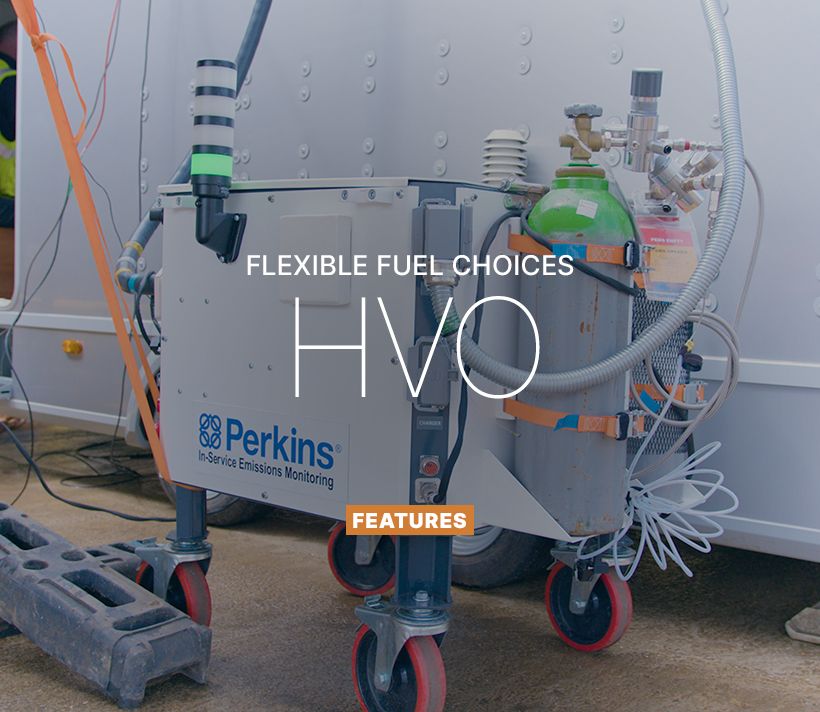For today’s manufacturers, engineering great products is no longer a guarantee of success. To outperform competitors and safeguard their futures, businesses must also master every moving part of their logistical operation — including material handling.
Material handling is a vital artery in the supply chain of any successful manufacturing or industrial business. For businesses that optimise how they manage and control the movement of stock through manufacturing, warehousing, and distribution, the rewards can be huge.
Well-organised material handling means improved productivity and efficiency, and reduced costs for the business internally. While externally, it’s proven to drive customer satisfaction.
Supply chain managers themselves have recognised that clear logistics skills and knowledge are among the key factors that lead to an increase in supplier satisfaction. Against that backdrop, manufacturers can’t afford to fall behind competitors when it comes to handling and moving stock.
As a vital business function, logistics has progressed beyond recognition in the past decade. Businesses no longer see the movement of goods as being about the number of heads they need to manage to deliver each process. Today, it’s about maximising the efficiency of every resource, while utilising cutting-edge processes and systems.
Leading manufacturers are also focused on the deployment of ‘lean’ processes in all aspects of material handling, both at factory level and within transactional areas of the business. This focus, driven on the ground by local leaders, drives improvements in logistical efficiencies by eliminating manual interventions and inputs. Moreover, it improves product flow, brings benefits to safety and quality levels, and delivers an improved financial position.
The first step for any business looking to polish its stock-handling processes is to analyse the current performance of its warehouse operation. Manufacturers need to fully understand what their throughput looks like – namely receiving, storage, and dispatch volumes – and identify every type of process they need to perform day in, day out.
Once that foundation for improvement is in place, businesses can begin to structure their operation more thoughtfully. But where to start?
John Morgans is a logistics factory manager at Perkins’ engine manufacturing facility in Peterborough, UK. As a logistics leader who’s delivered numerous improvements and efficiencies at scale, he has this advice.
“Businesses should consider re-evaluating their warehouse design to maximise space, including utilising all the height in their warehouse and storage systems, which builds additional space. Think about how you can make your stock more accessible, so products are easier to find, move and ship out, all of which improves the facility’s productivity and efficiency.”
John adds: “Investing in new technologies, such as Forklift Control Systems, to understand material handling equipment utilisation, impact management and real time tracking can introduce extra efficiencies and reduce costs. Meanwhile, it’s vital the equipment you rely on to move materials around the warehouse deliver high uptime, great reliability, and a competitive total cost of ownership. Under-par equipment will only exacerbate the operational challenges you face.”
Across the Peterborough site logistical functions, there is a focus on continuous improvement to drive standards ever higher, with the team making significant investments to enable more efficient working. Other manufacturers could similarly boost efficiency by implementing such systems, including:
Very Narrow Aisle (VNA) storage system
The VNA storage system enables warehouses to optimise their warehouse footprint for maximum efficiency, without expanding the space. It does so by utilising more of a facility’s available height, while reducing the width of aisles. The installation of VNA uses up to 40 percent less space than standard racking, freeing up space for other processing activities. It requires the use of specialist handling equipment, such as ‘man-up’ trucks, which lift the operator as well as the pallet, to allow products to be quickly picked and put away. The system has the potential for automation, too.
Automated loose parts process
Loose parts processes, which is the shipping of parts kits with products for post-factory fitting, present a considerable challenge for many manufacturers. Those that continue to rely on manual processes to count out individual parts run the risk of human error, which ultimately results in extra cost and unhappy customers. Smarter manufacturers are building out automated systems, where individual parts are scanned against the bill of materials to ensure correct packing. Additional automation counts small parts by their weight, which eliminates potential operator errors.
Businesses can also consider recording video footage of every packed kit to verify its contents against a specific engine. This kind of transformation has been proven to drive a significant reduction in customer queries.
Product packaging solution
Businesses can make the outbound side of their operations more cost-effective by migrating their products to the optimised packaging solution. This brings benefits to customers, too. It enables products to be stacked for better storage and transportation, providing significant freight savings. It also reduces warehouse storage requirements both internally and at customers’ facilities. Overall, these systems help ensure manufacturers’ products arrive in optimum condition and ready to use.
Of course, every business needs to consider its own unique requirements. It’s vital to think carefully about the specific characteristics of your products, as well as your individual service offering, to ensure you optimise your capacity requirements and deliver efficiencies, while meeting customers’ expectations.
For businesses who do master material handling, and ship products fast and flawlessly every time, they not only enable customers to achieve their own business goals, they build priceless trust and loyalty along the way.
Share this story and get involved in the conversation on social media #Powernews
Have you ever looked at the name of a Perkins engine and wondered what all those numbers and letters actually mean? If so, you’re certainly not alone. But rest assured the nomenclature is anything but random.
Read moreOne alternative fuel option we’ve researched heavily and have accommodated in our diesel engines for more than a decade is hydrotreated vegetable oil (HVO) – which must meet the EN 5940 standard – with the Perkins® 400 to 5000 Series able to use up to 100% HVO.
Read moreWho keeps the lights on when the grid can’t? The power generation sector, of course. In the UK, its interests are represented by The Association of Manufacturers and suppliers of Power generating Systems (AMPS) – whose new director general, Alan Beech, came into post earlier this year.
Learn MoreIn part two of our spotlight on marine we talk with Ben Lewis commercial manager, Dave Wood, application and tech support team lead and Stuart Phillipson, marine application and tech support to find out more about what’s in development for the marine range.
Read more




